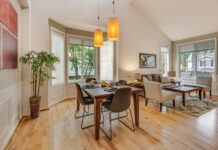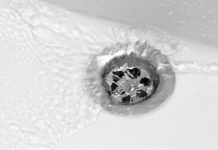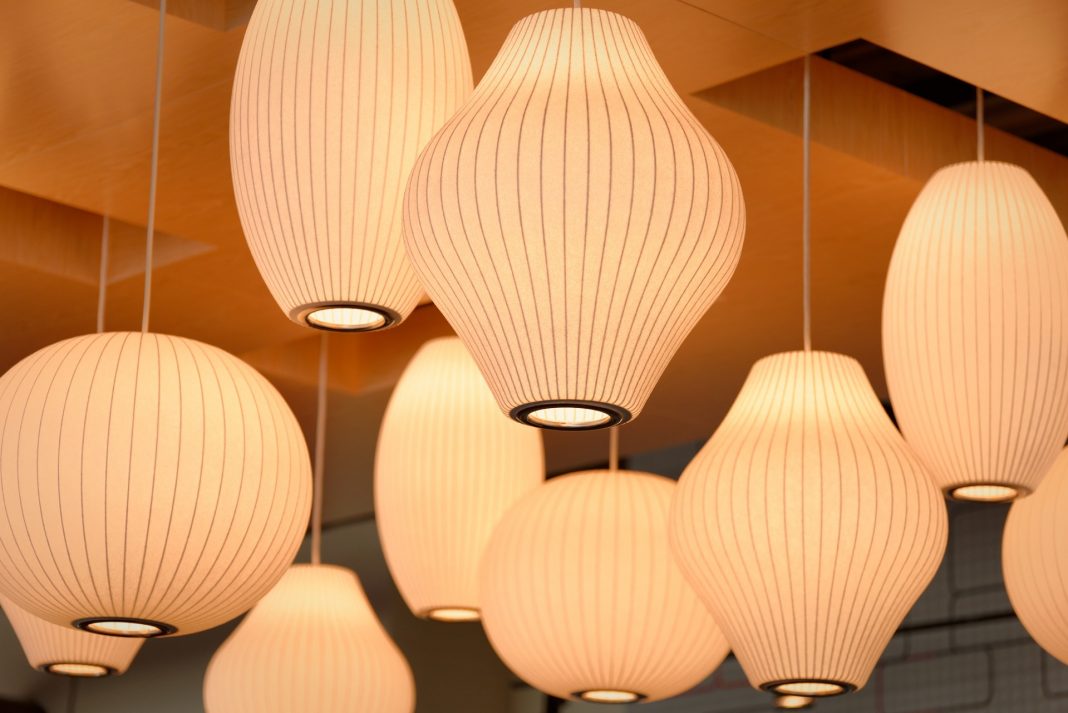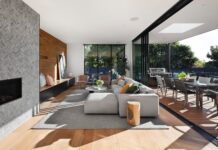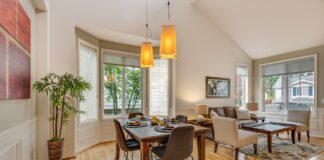You might think that the basics of designing are just something that the design students would have to look into. But the basics of designing apply everywhere. You must know what they are and you can apply them in whatever you do to get the best, aesthetically appealing look. That also applies or the interiors of a great house. If you think about the basics of design and work with them, it would be easier and look much better.
Principles of design define how the elements of design (colour, texture, line, space and shape) can be applied to get a unique and functional design. The basic principles of design include balance, rhythm, unity, contrast and emphasis.
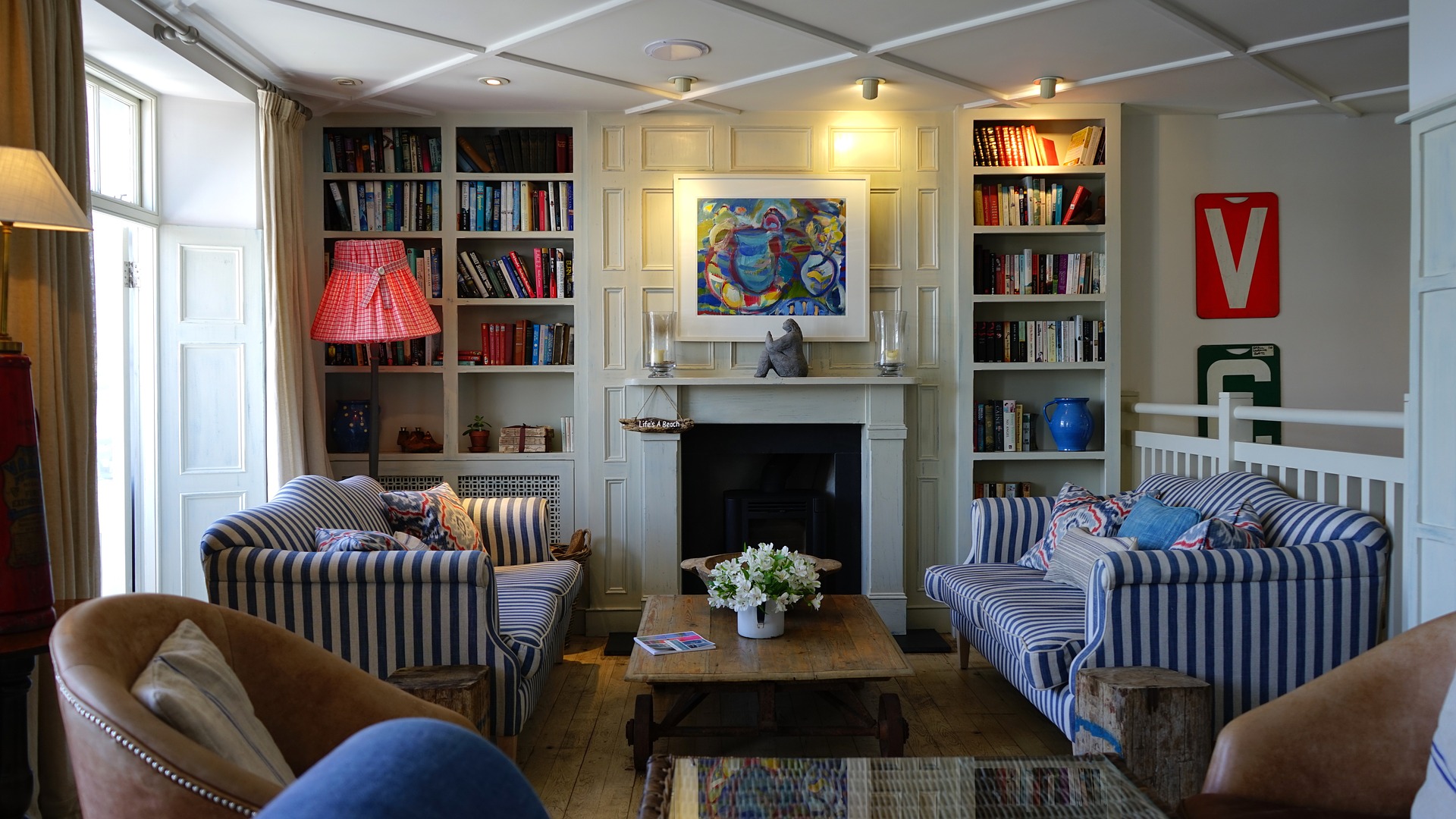
Attaining the best look for the house by following simple basics of designing
Balance
This is the first and the most important basics of designing. It refers to the even distribution of the visual weight in a living space by making sure that everything is in equal proportions. It can be symmetrical balance or asymmetrical balance that you are working towards.
Symmetrical balance is achieved by dividing a room in two equal parts divided by a central axis and the two sides looking exact same whereas Asymmetrical balance involves odd numbers of different object still giving equal weight around the room.
Rhythm
The next thing we focus on now is the rhythm. It can be achieved through repetition, alternation of elements but in an organized manner. This means, you place the different objects around the living room in a particular order. It won’t matter what accessories you are using, when placed in a synchronized manner, it will create a rhythm.
You can decide the arrangement on the basis of their distinctive characteristics such as size, shape or colour.
Unity
As the name suggests, this principle is based on the notion that there has to be some sense of harmony and uniformity among the elements of design. It is about how well the other principles merge with each other to make the overall design look appealing.
For this, you can focus on using shapes and patterns, a particular colour scheme or even a common background.
Contrast
I don’t think there is a need to explain what this principle is about. It defines how beautifully you can use two distinct aspects of an element to work out with each other. If every thing in the room is entirely similar then it can look dull and boring. Adding a contrasting element can give a completely different look to the same room.
It is even more easy to work around these principles as you don’t need to spend huge bucks on buying the furniture. You can get them on rent. So if you are willing to change the contrasting element, you could think of chair hire and add a distinct look to the room. Colour is the easiest element to use when trying to bring out contrast but you can even use texture and shape to get a contrasting look.
Emphasis
This is the principle you can apply while adding art pieces to the room. It will be the attention grabber so be careful while choosing what that is going to be. It can also be by a certain piece of furniture as long as it compliments well with the other elements.






